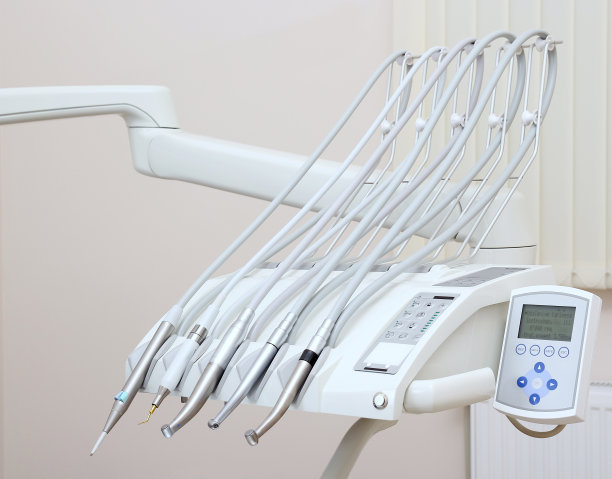The Essential Guide to the Process After You Extract a Tooth for Better Oral Health
Summary: Extracting a tooth can be a daunting experience, but understanding the essential steps afterward can significantly enhance your recovery and oral health. This article outlines the critical processes involved post-extraction, including immediate care, managing discomfort and swelling, maintaining oral hygiene, and planning for tooth replacement. By following these guidelines, you can ensure a smooth recovery and minimize potential complications. Each aspect is crucial for attaining optimal oral health and preventing further dental issues in the future.
1. Immediate Care After Extraction

Immediately following a tooth extraction, it is vital to take proper care of the extraction site to encourage healing. First, biting down gently on a gauze pad placed over the extraction site will help control bleeding. It is essential to maintain pressure for about 30-45 minutes. If bleeding continues, replace the gauze with a fresh piece and repeat this process.
After the bleeding calms down, avoid rinsing your mouth vigorously for the first 24 hours, as this can dislodge the clot and prolong bleeding. Instead, let your saliva naturally wash the area gently. If you experience excessive bleeding, it is crucial to contact your dentist for further guidance.
You should also avoid using a straw, smoking, or engaging in strenuous activity for at least the first 24 hours post-extraction. Such actions can create suction and interfere with the healing process, leading to potential complications like a dry socket.
2. Managing Discomfort and Swelling
After a tooth extraction, some degree of discomfort and swelling is normal. To manage this, your dentist may prescribe pain medications or recommend over-the-counter options like ibuprofen or acetaminophen. Taking these medications as directed can help alleviate pain effectively.
Swelling often peaks within the first two days post-extraction. To reduce swelling, apply an ice pack to the outside of your cheek near the extraction site for intervals of 15-20 minutes. After the first 48 hours, you may switch to a warm compress to enhance blood flow and encourage healing.
If swelling persists or worsens after a couple of days, consult your dentist. They will assess whether there are any underlying issues requiring attention, such as an infection or a reaction to the anesthesia.
3. Maintaining Oral Hygiene
Once you have passed the initial 24 hours post-extraction, maintaining oral hygiene becomes essential for preventing infection. However, you should be gentle while brushing your teeth, avoiding the extraction site for the first few days. Instead, focus on keeping the rest of your mouth clean.
An important aspect of oral hygiene during recovery is to rinse your mouth with warm saltwater starting about 24 hours after the procedure. This rinse can help clean the area and reduce the risk of infection. Be sure to gently swish, as vigorous rinsing can disturb the clot.
As you recover, ease back into your regular oral hygiene routine, including brushing and flossing. However, it is crucial to avoid any harsh or abrasive actions around the healing site until your dentist advises it is safe to do so.
4. Planning for Tooth Replacement
Following tooth extraction, it’s wise to consider your options for tooth replacement, especially if the tooth is not part of your smile line. Dental implants, bridges, or dentures are common solutions, each with their benefits and considerations. Consulting your dentist about the right option for your specific situation is essential.
The timing for tooth replacement can vary. Some dentists recommend waiting a few months for the gums to heal fully before placing an implant, while others may offer immediate options. Discuss your preferences, lifestyle, and budget when considering replacement options to find a solution that fits you.
Taking steps to replace the extracted tooth is essential for maintaining oral function and preventing complications such as shifting teeth or bone loss. The sooner you address this, the better your oral health will be in the long run.
Summary:
Successfully navigating the recovery process following a tooth extraction involves adhering to guidelines set forth by your dentist. Proper immediate care, effective management of discomfort and swelling, diligent oral hygiene, and planning for tooth replacement are all critical components of a healthy recovery. Each of these aspects contributes to minimizing complications and ensuring long-lasting oral health.
This article is compiled by Vickong Dental and the content is for reference only.


